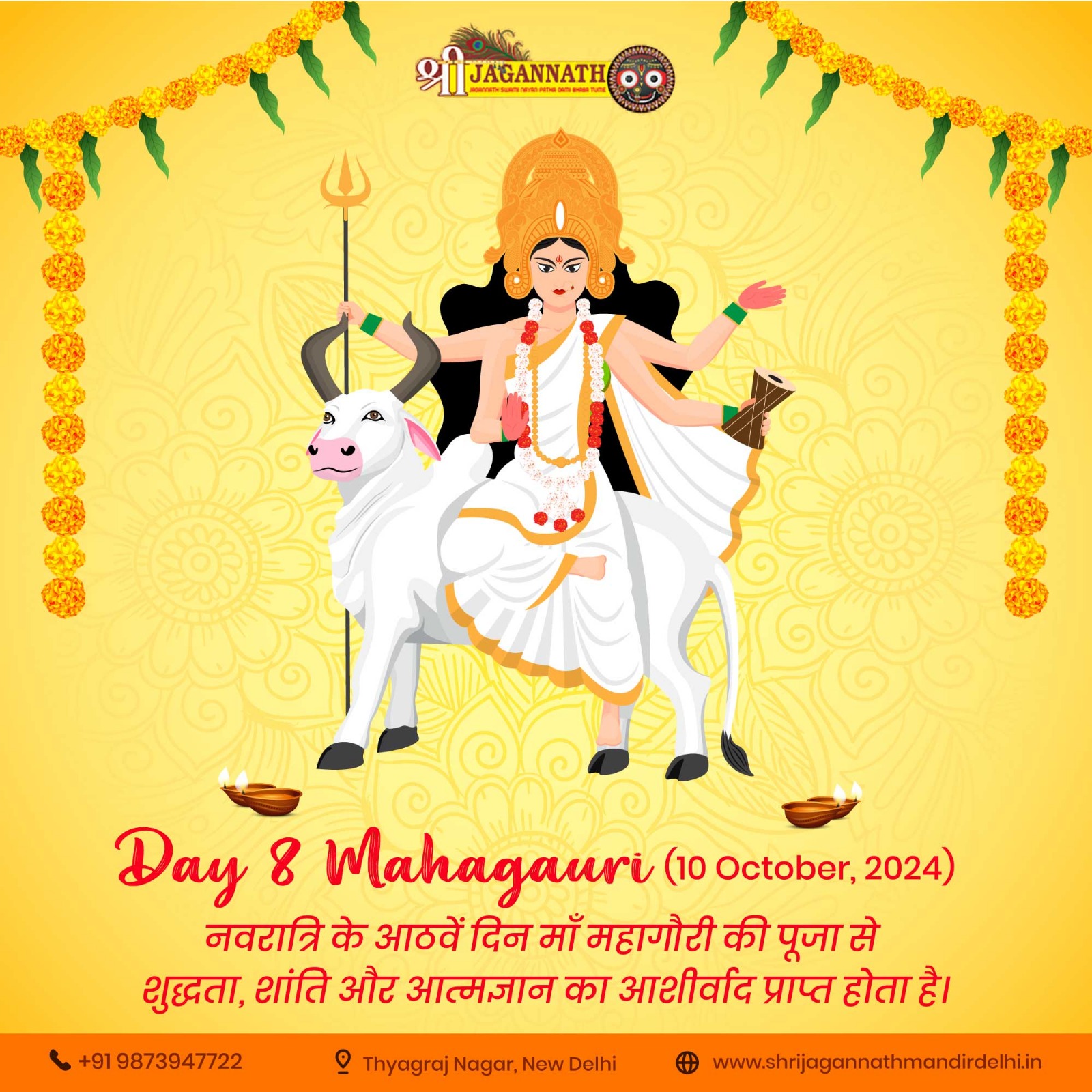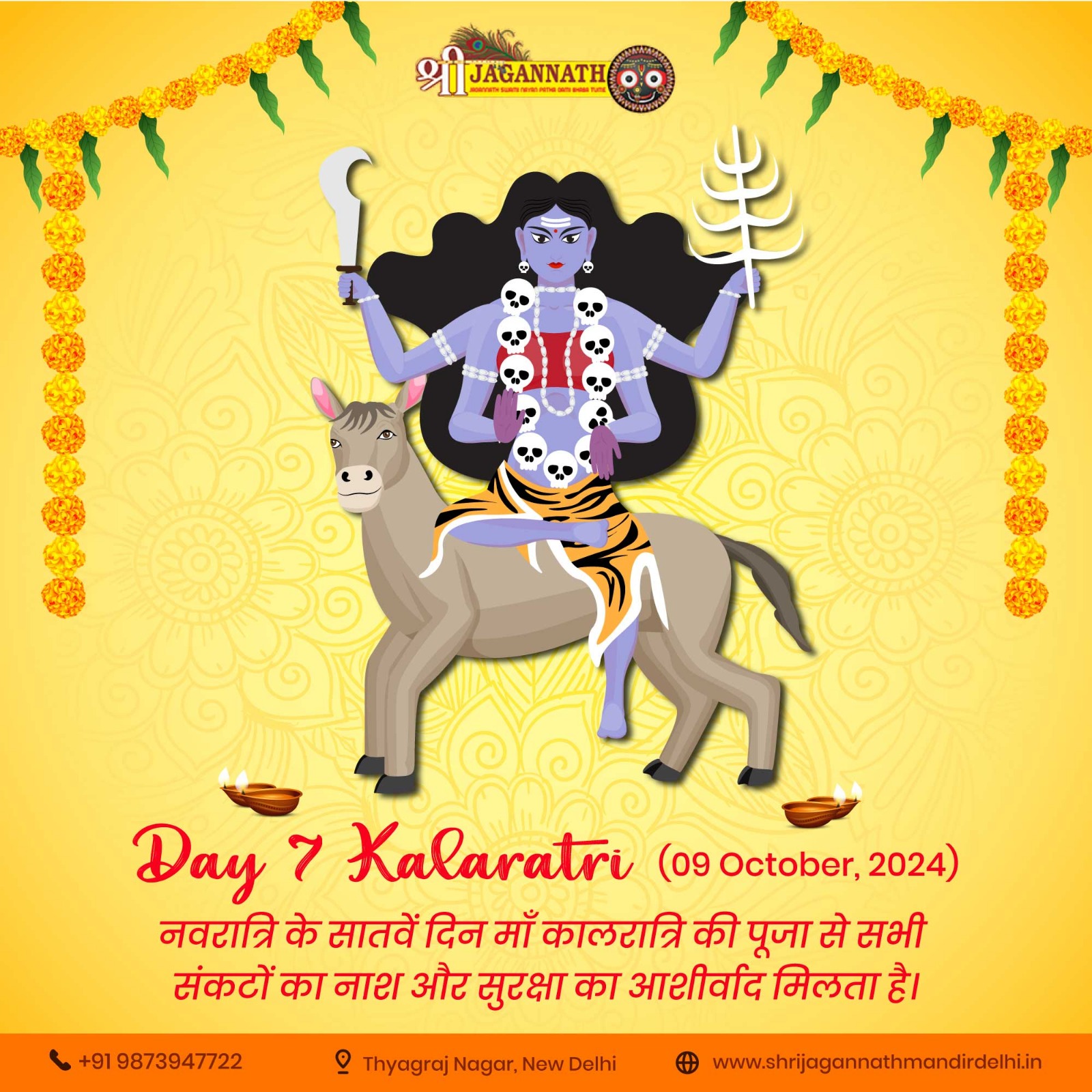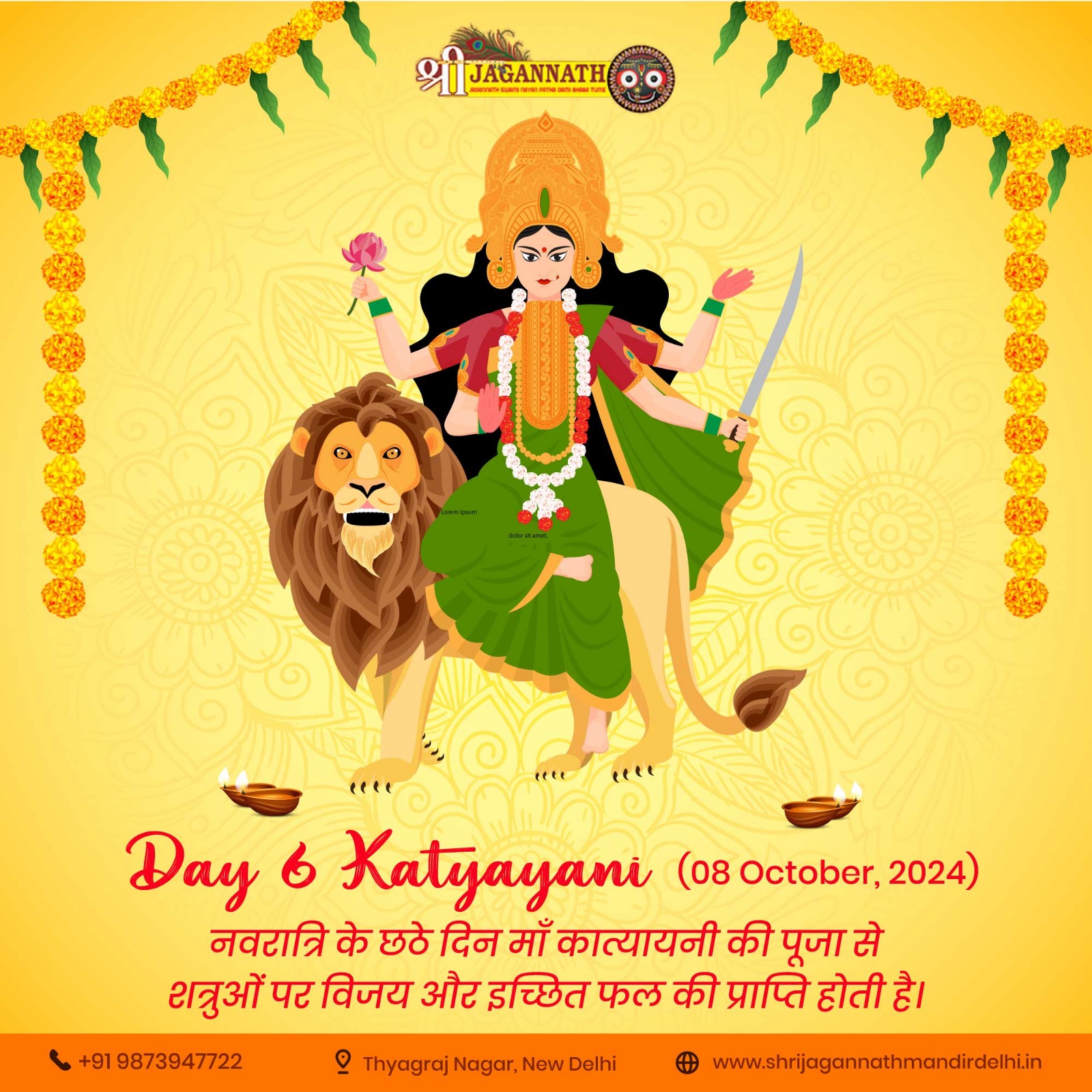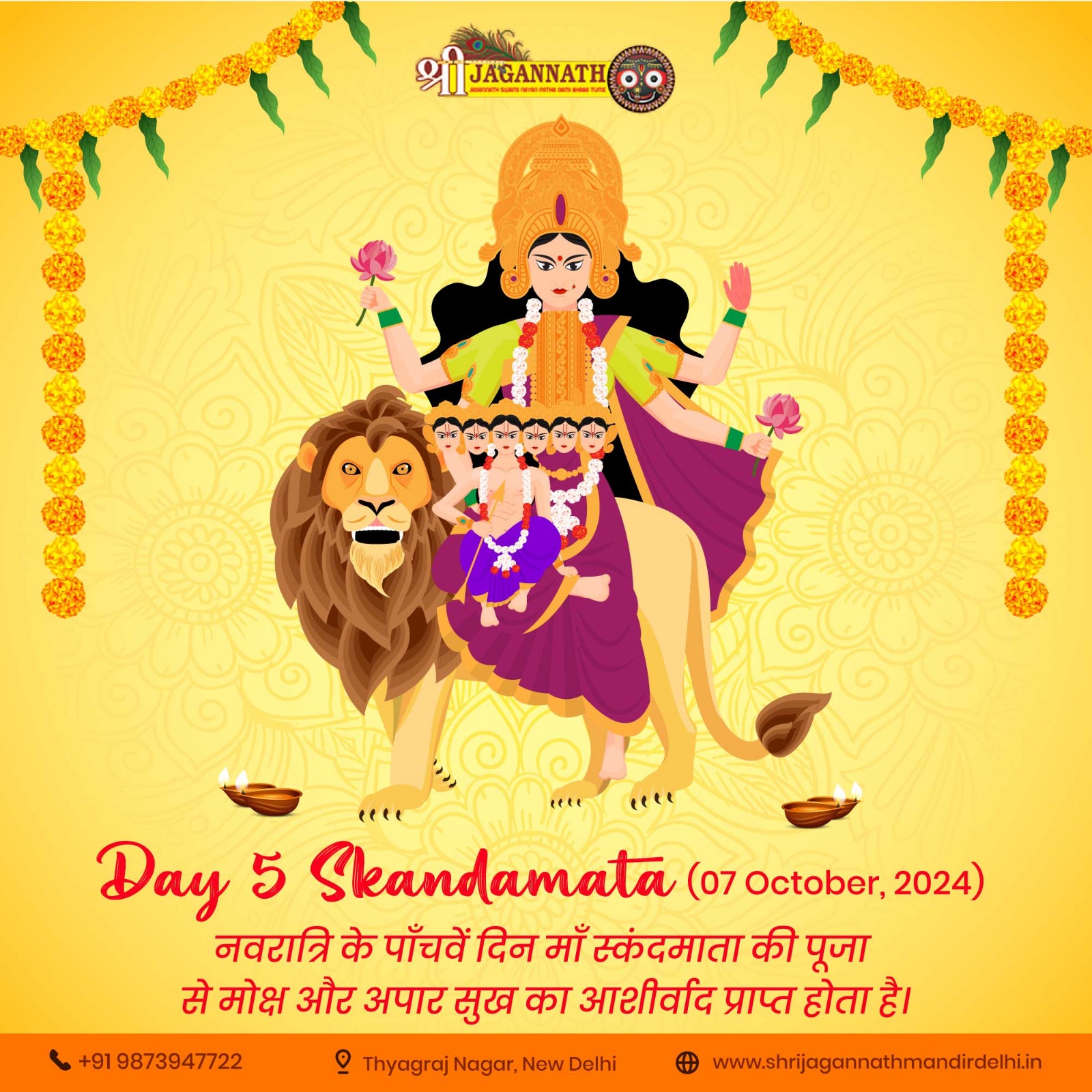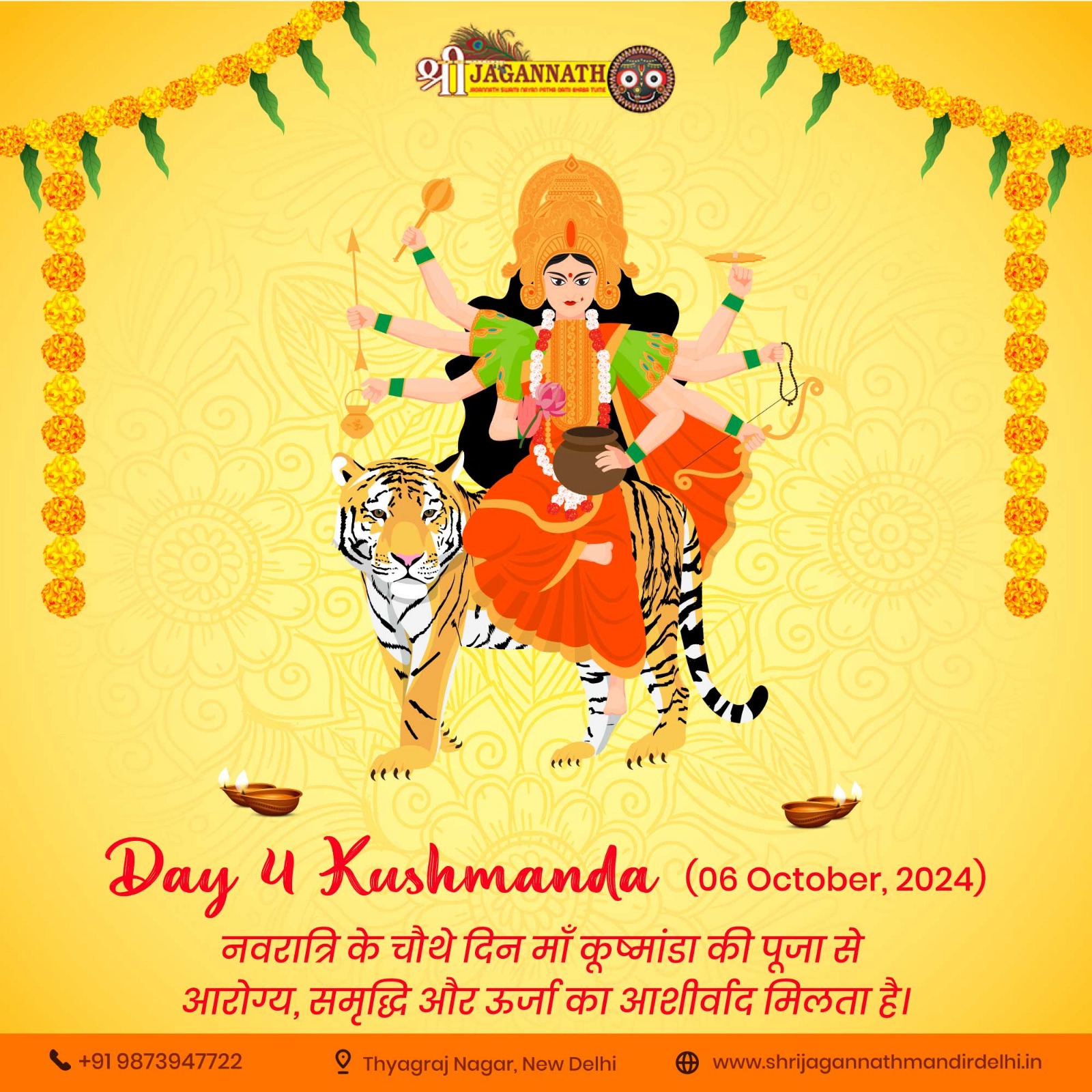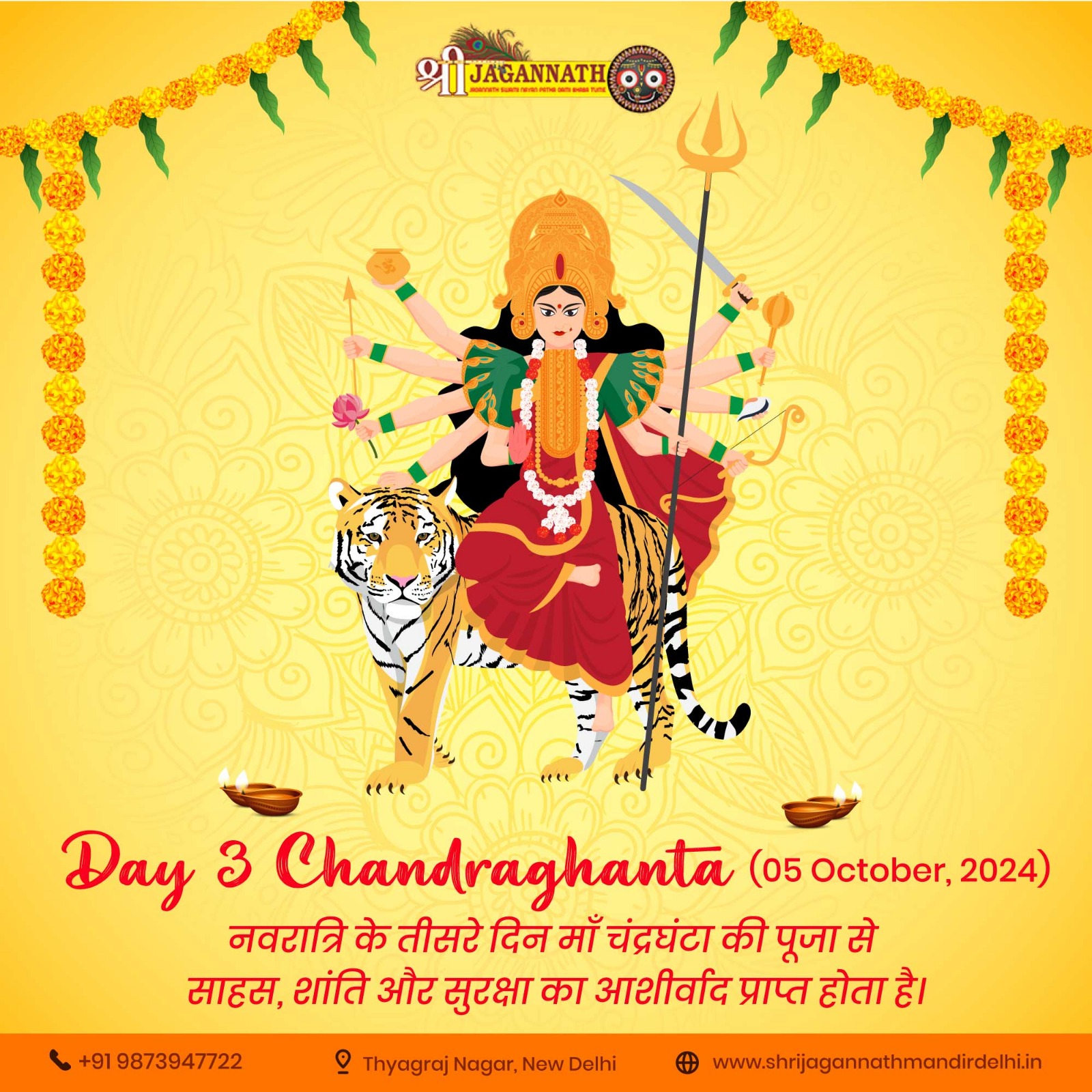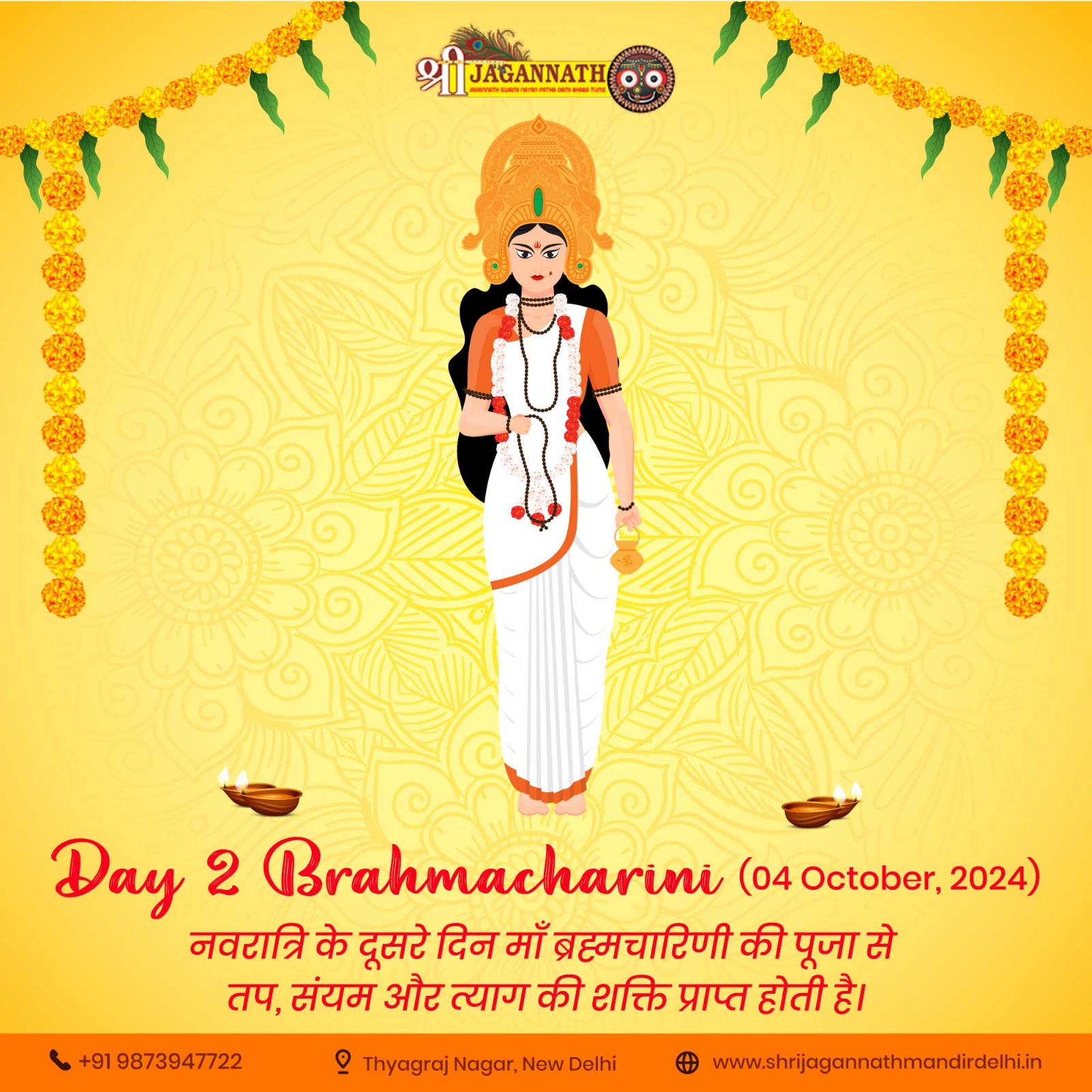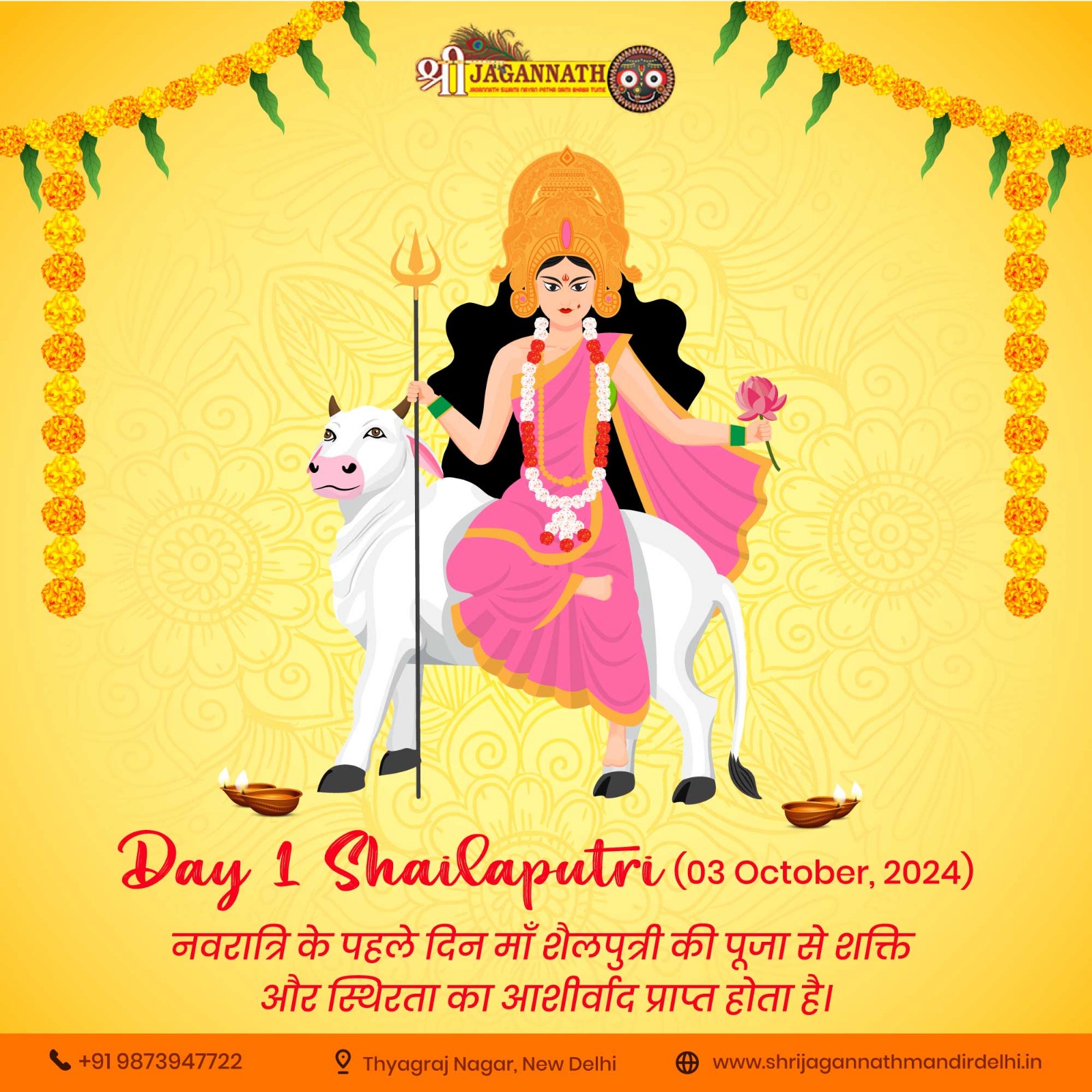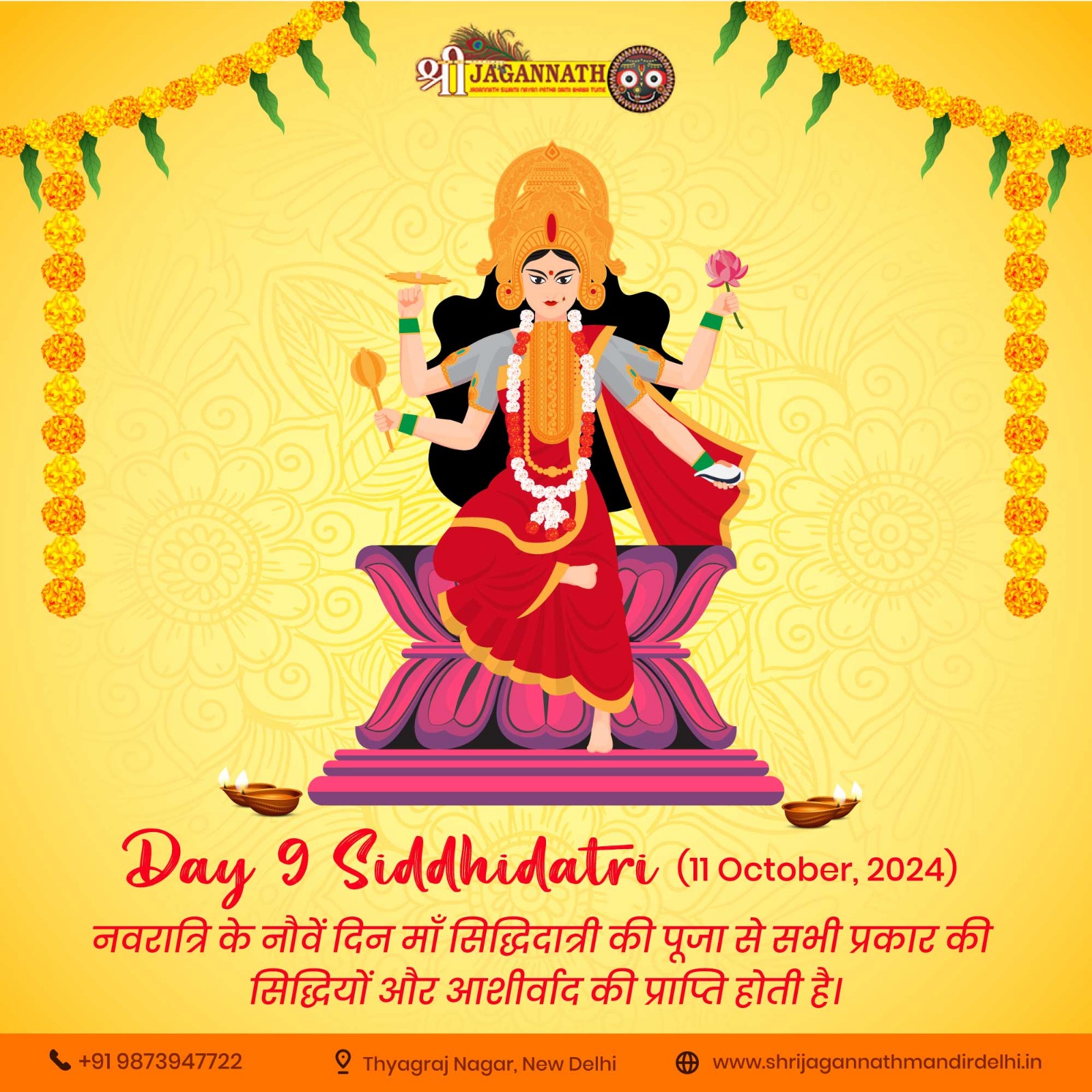
माँ सिद्धिदात्री Day 9 Siddhidatri 11 October, 2024
माँ सिद्धिदात्री देवी दुर्गा के नौ रूपों में नौवां और अंतिम स्वरूप हैं, जिनकी पूजा नवरात्रि के नवें दिन की जाती है। माँ सिद्धिदात्री को सिद्धियों की दात्री माना जाता है, जो अपने भक्तों को सभी प्रकार की सिद्धियों, आशीर्वाद, और समृद्धि प्रदान करती हैं। उनका यह स्वरूप शक्ति, ज्ञान और सम्पूर्णता का प्रतीक है। पौराणिक महत्व: माँ सिद्धिदात्री की पूजा और महत्व के बारे में कई पौराणिक कथाएँ प्रचलित हैं। ऐसा माना जाता है कि माँ सिद्धिदात्री का जन्म तब हुआ जब भगवान शिव ने माता पार्वती से विवाह किया। इस प्रकार, माँ सिद्धिदात्री को देवी पार्वती का एक रूप भी माना जाता है। कथा के अनुसार, जब देवताओं को महाबली दानवों से भय था, तब उन्होंने माँ सिद्धिदात्री की आराधना की। माँ ने अपनी अद्भुत शक्तियों से उन्हें संरक्षण दिया और सभी बुराइयों का नाश किया। माँ सिद्धिदात्री की कृपा से भक्तों को सभी प्रकार की सिद्धियाँ, जैसे कि आध्यात्मिक ज्ञान, धन, और स्वास्थ्य की प्राप्ति होती है। स्वरूप: माँ सिद्धिदात्री का स्वरूप अत्यंत दिव्य और आकर्षक होता है। उनके विशेषताएँ इस प्रकार हैं: रंग: माँ का रंग सफेद है, जो पवित्रता और शांति का प्रतीक है। हाथ: उनके चार हाथ होते हैं, जिनमें से एक हाथ में


